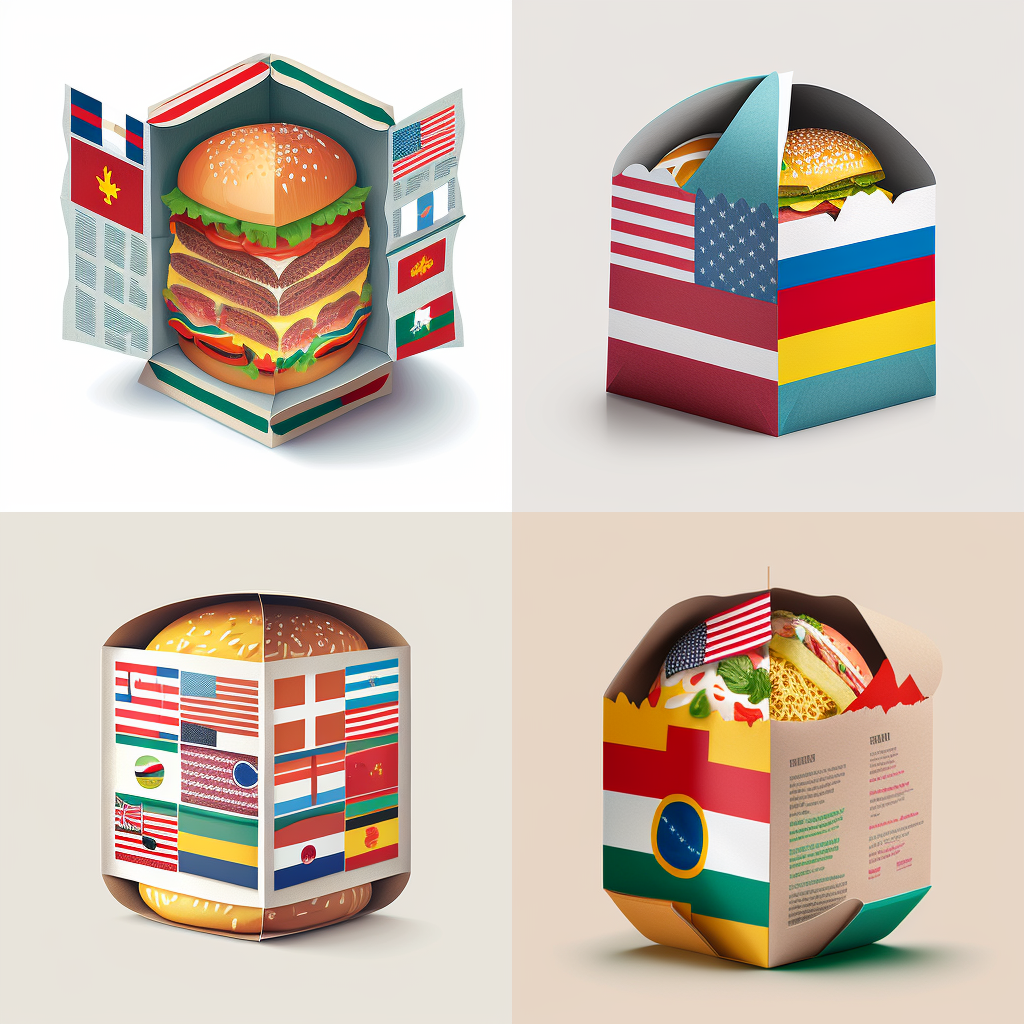
The role of an artwork coordinator in industries such as food, pharmaceutical or retail is crucial for ensuring that the packaging design of products is consistent, accurate, and meets all legal and regulatory requirements. However, this position does not always get the appreciation it deserves.
Being an artwork coordinator for the packaging design of products comes with its own set of difficulties and challenges, which can range from managing a large volume of designs, to ensuring the accuracy of information and meeting tight deadlines, amongst others:
- Managing a large volume of designs: Artwork coordinators are responsible for simultaneously managing a large number of designs, both for large product launches and small packaging changes, which can be a time-consuming and complex process.
- Maintaining design consistency: Maintaining consistency in design across multiple products and packaging, as well as keeping up to date with customer input and market inspiration (not for Pharma products, where all is more regulated) is crucial for creating a strong brand identity.
- Accuracy of information: The accuracy of information on packaging is crucial for ensuring product safety and compliance with legal and regulatory requirements. This is specially critical in the FMCG and pharmaceutical industries, where errors can lead to severe consequences on the consumer side. Products that are sold across multiple countries, with multi-lingual labels, represent an extra complexity on this front, to make sure that all information is accurate and meets the local standards.
- Meeting tight deadlines: Coordinators often have to work with very tight deadlines to ensure that products are available for sale in a timely manner.
- Collaboration and communication: Effective collaboration and communication between different departments and stakeholders is essential for ensuring the success of a packaging design project.
- Approval management: this communication and collaboration amongst departments and external parties such as external clients, regulatory bodies, or printers, takes an extra step when it comes to managing the approvals on the artworks. Dealing with both internal and external feedback rounds adds an extra layer of risk in making sure that the correct files are used when it comes to creating the final product that goes in the shelves.
- Control of document versions and files in general: don’t you hate it when you receive a final version and then it turns out it is no the final one, amendments are made and you lose track of which file is the one that should be used? With so many projects ongoing and multiple approvals needed, it is one artwork’s coordinator nightmare to make sure the files are correctly stored and identified.
These challenges show how important and complex the role of artwork coordinator can be. Luckily, nowadays, there are tools that can assist an artwork coordinator in their daily tasks to make them more successful and efficient.
An artwork management system (AMS) can help automate and streamline the design process, through custom workflows that will take some of the repetitive tasks out of their plate, and giving visibility to other stakeholders when they need to provide input or approve. Such technology would also make sure that designs used are the correct ones, by providing a central repository for storing and sharing artworks, keeping version control on all files. Through an audit trail on changes, it becomes much more simple to track where a design is at any given time, and who may have performed a change, taking action from there.

Reaching deadlines becomes easier, as the approval process can be automated and they only need to make sure to check feedback when completed. Because the tool would provide real-time updates on the status of designs, they can focus on more valuable activities other than chasing and reminding people. As a central platform for sharing designs and communicating with stakeholders, and AMS would improve collaboration and communication, as everyone is involved and has visibility over the process. Furthermore, additional tools such as artwork comparison/proofing systems can help coordinators verify that the information on packaging is accurate and up-to-date, reducing the risk of errors and mistakes.
The role definition does not need to change. Its beauty is that it interlocks so many areas of the packaging design process. However, it can be more appreciated when the right technology is used to support their multiple tasks, as it will help professionalize and standardize the artwork coordinator function.

